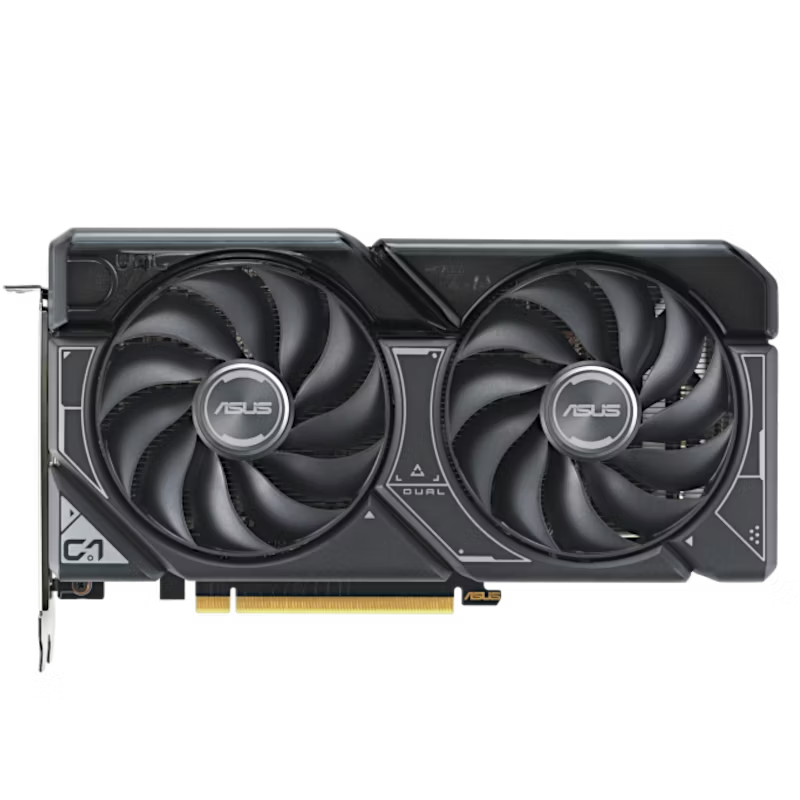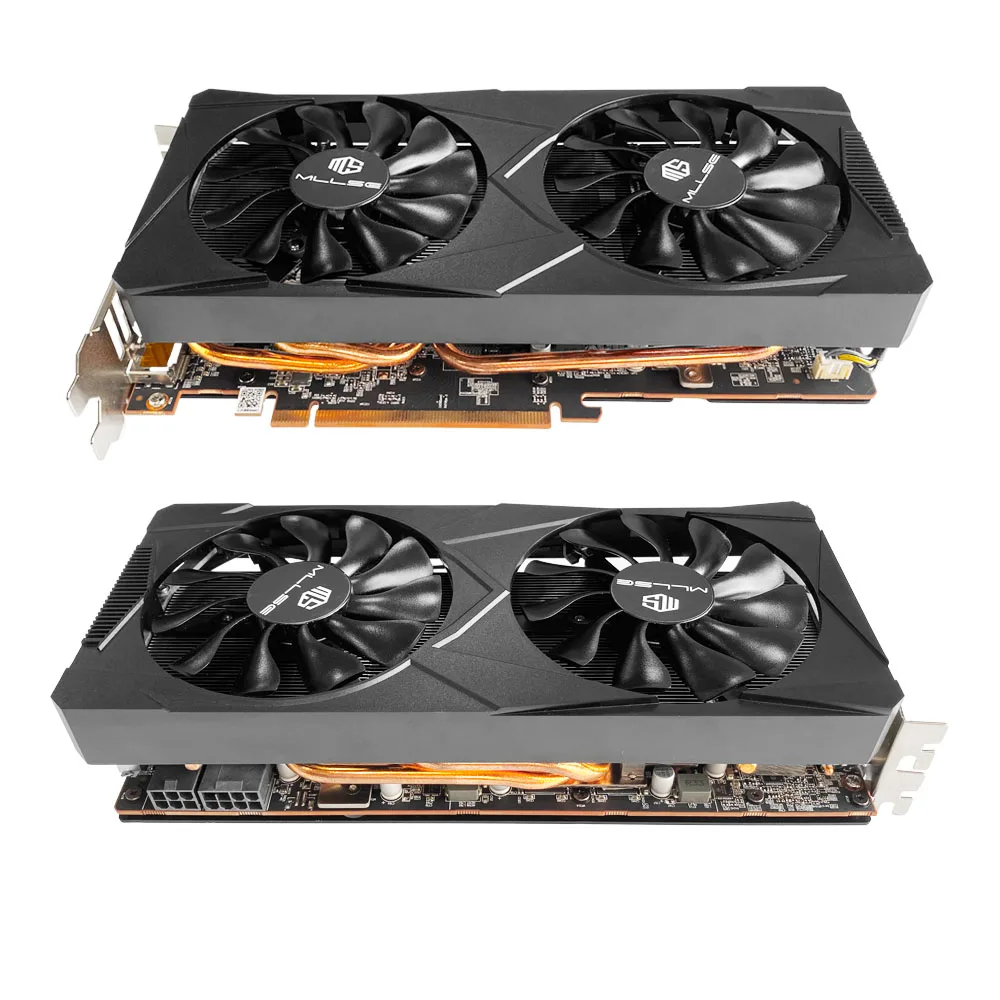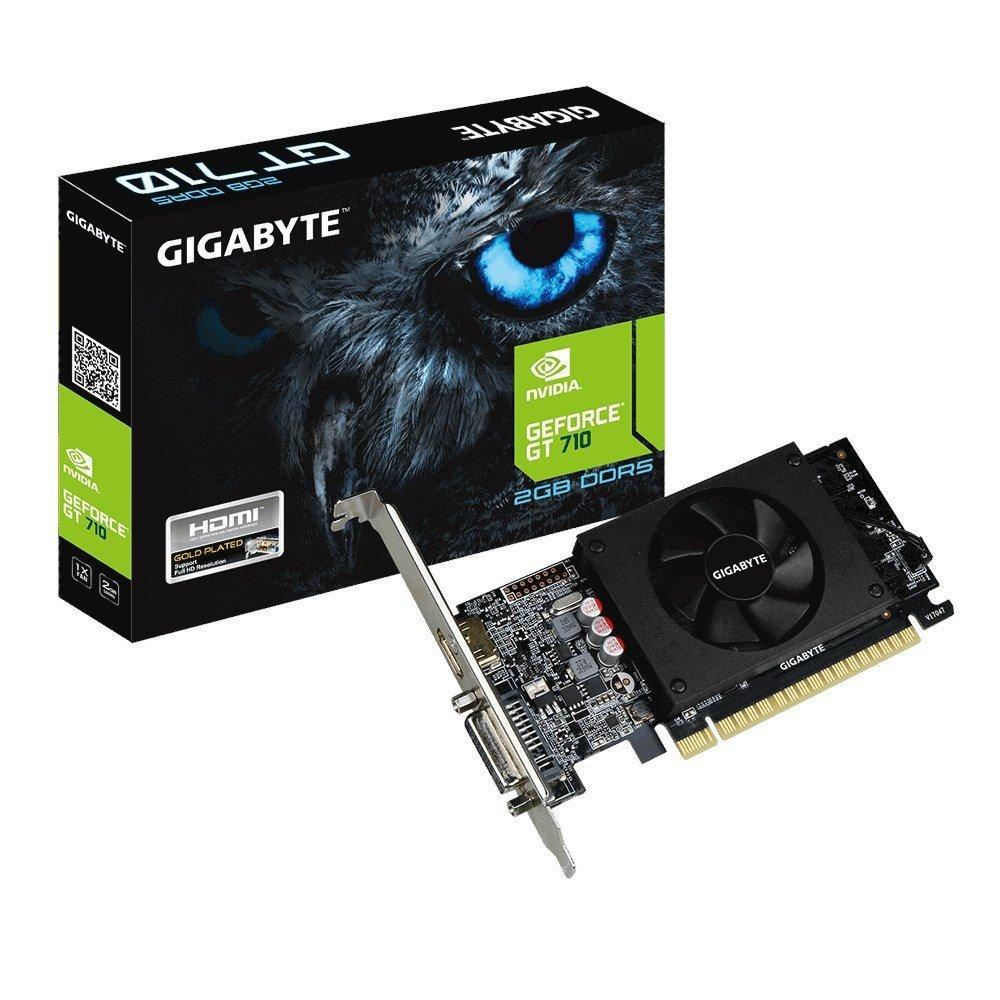A good graphics card can significantly enhance your PC’s performance, especially for gaming, video editing, and other graphic-intensive tasks. However, finding a budget-friendly option that meets your needs can be challenging. This guide will walk you through the key factors to consider when choosing the best cheap graphics card for PC.
Understanding Your Needs
Assess Your Usage
First, determine what you’ll primarily use the graphics card for. Different tasks require different levels of performance. For casual gaming or general PC use, an entry-level graphics card will suffice. If you plan on gaming at higher settings or doing video editing, you’ll need a more powerful option.
Knowing your needs helps narrow down your choices. Make a list of the applications and games you intend to use. Check their system requirements to understand the minimum and recommended specifications. This information guides you in selecting a card that meets your requirements without overspending.
Budget Considerations
Set a clear budget before you start shopping. Prices for graphics cards can vary widely. Entry-level options are often under $150, while mid-range cards can go up to $300. Setting a budget keeps your search focused and prevents overspending.
Your budget should align with your needs. If you only need a card for light gaming or basic tasks, there’s no need to invest in a high-end model. Conversely, if you need better performance for more demanding tasks, allocate a bit more within your budget to ensure you get a card that can handle your needs.

Key Specifications to Consider
GPU Architecture
The GPU architecture is a critical factor in determining a graphics card‘s capabilities. Newer architectures offer better performance and efficiency. Popular architectures include NVIDIA’s Turing and Ampere, and AMD’s RDNA and RDNA 2.
When researching graphics cards, note the architecture and its features. Newer architectures often support advanced technologies like ray tracing and AI enhancements, which can significantly improve performance and visual quality. This is especially important if you plan to use the card for gaming or graphic design.
Memory (VRAM)
Video RAM (VRAM) is another crucial specification. VRAM affects how well a graphics card can handle high-resolution textures and complex scenes. For light gaming and general use, 2GB to 4GB of VRAM is sufficient. For more demanding tasks, look for cards with 6GB or more.
VRAM helps in rendering detailed images and running applications smoothly. Check the requirements of the programs and games you use most frequently. Ensuring you have enough VRAM can prevent performance bottlenecks and ensure a smoother experience.
Brand and Model Research
Trusted Brands
Stick to reputable brands known for reliability and performance. NVIDIA and AMD are the two major GPU manufacturers, with numerous third-party companies producing cards based on their architectures. Brands like ASUS, MSI, and Gigabyte often offer quality products with good warranties.
Trusted brands provide better customer support and generally have more reliable products. Look for reviews and recommendations from other users. This information helps you identify brands that consistently deliver quality and performance within your budget.
Popular Models
Research popular models within your budget. For NVIDIA, models like the GTX 1650 and GTX 1660 Super are great budget options. For AMD, consider the Radeon RX 5500 XT or RX 5600 XT. These models offer good performance without breaking the bank.
Familiarize yourself with the specifications and performance benchmarks of these models. Comparing different models helps you understand what you can expect and identify the best value-for-money options. Look for models that have received positive reviews and high user satisfaction ratings.

Compatibility and Power Requirements
Check Compatibility
Ensure the graphics card is compatible with your PC. Check your motherboard’s slot type, typically PCIe x16, and ensure it’s compatible with the card. Also, consider the size of the card and your PC case to ensure it fits properly.
Compatibility issues can lead to additional costs and inconvenience. Measure the space inside your case and compare it with the card’s dimensions. Ensure there are no obstructions and that sufficient airflow is maintained to prevent overheating.
Power Supply
Graphics cards have specific power requirements. Check your power supply unit (PSU) to ensure it can handle the card. Look at the wattage and the type of power connectors needed. Entry-level cards often require less power and have simpler connector requirements.
Upgrading your PSU can add to the overall cost. Verify the existing PSU’s specifications and ensure it meets the card’s power requirements. This step ensures stable performance and helps avoid potential issues related to insufficient power.
Cooling Solutions and Noise Levels
Effective Cooling
Cooling is important for maintaining optimal performance. Graphics cards generate significant heat, especially during demanding tasks. Look for cards with effective cooling solutions, including multiple fans or advanced cooling designs like heat pipes or vapor chambers.
Effective cooling prevents thermal throttling, where performance decreases due to excessive heat. Check user reviews for feedback on the card’s cooling performance. A well-cooled card maintains consistent performance and longevity.
Noise Levels
Noise levels can impact your overall experience. High-performance cooling solutions can sometimes be noisy. Look for user reviews or specifications that mention the noise levels under load. Some models feature quieter cooling solutions, which can be a significant factor if you prefer a quieter environment.
Balance cooling efficiency with noise levels to find a card that suits your preferences. Cards with larger, slower-rotating fans often provide quieter operation without sacrificing cooling performance. This balance improves your overall user experience.

Performance Benchmarks and Reviews
Reading Benchmarks
Performance benchmarks give you a clear idea of how a graphics card performs in real-world scenarios. Look for benchmarks conducted on games and applications similar to those you use. Websites like Tom’s Hardware, TechRadar, and PC Gamer often provide detailed benchmarks for various models.
Benchmarks highlight a card’s strengths and weaknesses. Reviewing these results helps you understand how a card performs under different conditions. Compare multiple cards within your budget to identify the best-performing option for your needs.
User Reviews
User reviews provide insights beyond technical specifications. They highlight real-world experiences with the card, including any issues or exceptional performance features. Look for reviews from users with similar needs and configurations to get relevant insights.
User reviews can reveal potential issues like driver problems, build quality concerns, or unexpected performance characteristics. Balancing professional benchmarks with user reviews gives you a comprehensive understanding of the card’s capabilities and potential drawbacks.
Warranty and After-Sales Support
Warranty Coverage
The Warranty is an important consideration when purchasing a graphics card. Most reputable brands offer a warranty period ranging from one to three years. Ensure the card comes with a good warranty to protect your investment against manufacturing defects and failures.
Check what the warranty covers and any terms or conditions. Knowing the warranty details provides peace of mind and assurance that you can get support if needed. A good warranty enhances the overall value of your purchase.
After-Sales Support
Good after-sales support can save you from many headaches. Look for brands known for reliable customer service. Easy access to drivers, firmware updates, and technical support can significantly enhance your experience.
After-sales support includes more than just resolving issues. It involves regular updates that ensure your card remains compatible with new software and games. A brand with strong after-sales support adds value to your purchase and maintains your card’s performance over time.
Conclusion
Making an Informed Decision
Choosing the best cheap graphics card for your PC involves several considerations. Understand your needs, set a clear budget, and research your options. Pay attention to key specifications, compatibility, and cooling solutions. Read benchmarks and user reviews to gauge performance and reliability.
Enhancing Your PC Experience
A well-chosen graphics card can significantly enhance your PC experience. Whether for gaming, video editing, or general use, finding the right balance between performance and cost is crucial. By following these guidelines, you can make an informed decision and enjoy improved performance without overspending.
Ensure you regularly update drivers and perform necessary maintenance. This practice keeps your graphics card performing optimally. With a great cheap graphics card, you can enjoy a richer, more engaging PC experience tailored to your specific needs and preferences.
